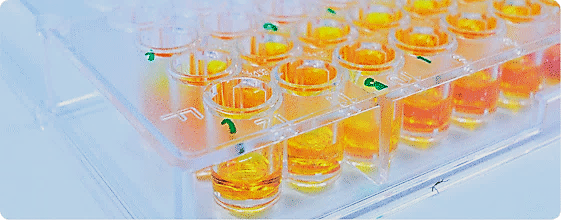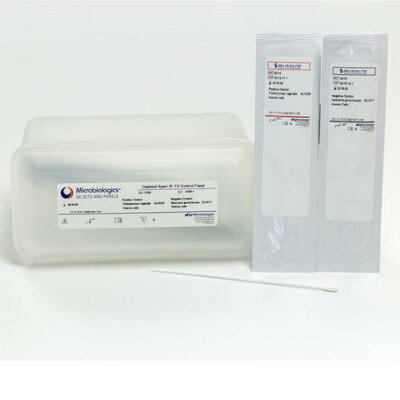Clinical Utility of Anti-Platelet Factor 4 ELISA Test Characterized
|
By LabMedica International staff writers Posted on 29 Nov 2015 |
Diagnosing heparin-induced thrombocytopenia, a potentially catastrophic immune-mediated disorder, continues to pose significant challenges for clinicians, as both clinical and laboratory tools lack specificity.
There is mounting evidence supporting a positive correlation between definitive heparin-induced thrombocytopenia and optical density (OD) positivity from the widely available anti-platelet factor 4 enzyme-linked immunosorbent assays (PF4 ELISAs); however, the clinical features distinguishing these patients remain poorly understood.
Scientists at the NYU Langone Medical Center (New York, NY, USA) conducted a case-controlled, retrospective chart review of patients from two large, urban academic institutions who underwent a PF4 ELISA at a central laboratory between July 1, 2009, and July 1, 2014. PF4 ELISA assay is a polyimmunoglobulin assay (anti-immunoglobulin G (IgG)/IgAIg/M) utilizing 60 units of heparin in the positive control. Internal positive and negative control values were recorded for each patient’s PF4 ELISA.
The PF4 ELISA testing was performed using the LIFECODES PF4 Enhanced assay kit (Immucor GTI Diagnostics, Inc., Waukesha, WI, USA). In total, 184 negative patients (OD less than 0.7), and 121 positive patients (OD greater than 0.7), including 74 low-positive patients (0.7, OD less than 1.4) and 47 high-positive patients (OD greater than 1.4) were identified. Several clinical variables were significantly different in the negative group compared with the positive group, including hospital day, previous admission within the past three months, and the presence of a new thrombus. However, many of these variables were not different between the negative and low-positive group, and were only distinct between the negative and high-positive group. When the low-positive and high-positive groups were compared, only the 4T score was significantly different.
The authors concluded that patients with high-positive ODs represent a distinct clinical group when compared with low-positive ODs. However, no single characteristic analyzed was able to distinguish those with a low-positive PF4 ELISA OD and those with a high-positive PF4 ELISA OD. Our findings reinforce the clinical utility of the 4T score, which was the only clinical variable that significantly distinguished low-positive and high-positive groups. The study was published on November 19, 2015, in the Journal of Blood Medicine.
Related Links:
NYU Langone Medical Center
Immucor GTI Diagnostics, Inc.
There is mounting evidence supporting a positive correlation between definitive heparin-induced thrombocytopenia and optical density (OD) positivity from the widely available anti-platelet factor 4 enzyme-linked immunosorbent assays (PF4 ELISAs); however, the clinical features distinguishing these patients remain poorly understood.
Scientists at the NYU Langone Medical Center (New York, NY, USA) conducted a case-controlled, retrospective chart review of patients from two large, urban academic institutions who underwent a PF4 ELISA at a central laboratory between July 1, 2009, and July 1, 2014. PF4 ELISA assay is a polyimmunoglobulin assay (anti-immunoglobulin G (IgG)/IgAIg/M) utilizing 60 units of heparin in the positive control. Internal positive and negative control values were recorded for each patient’s PF4 ELISA.
The PF4 ELISA testing was performed using the LIFECODES PF4 Enhanced assay kit (Immucor GTI Diagnostics, Inc., Waukesha, WI, USA). In total, 184 negative patients (OD less than 0.7), and 121 positive patients (OD greater than 0.7), including 74 low-positive patients (0.7, OD less than 1.4) and 47 high-positive patients (OD greater than 1.4) were identified. Several clinical variables were significantly different in the negative group compared with the positive group, including hospital day, previous admission within the past three months, and the presence of a new thrombus. However, many of these variables were not different between the negative and low-positive group, and were only distinct between the negative and high-positive group. When the low-positive and high-positive groups were compared, only the 4T score was significantly different.
The authors concluded that patients with high-positive ODs represent a distinct clinical group when compared with low-positive ODs. However, no single characteristic analyzed was able to distinguish those with a low-positive PF4 ELISA OD and those with a high-positive PF4 ELISA OD. Our findings reinforce the clinical utility of the 4T score, which was the only clinical variable that significantly distinguished low-positive and high-positive groups. The study was published on November 19, 2015, in the Journal of Blood Medicine.
Related Links:
NYU Langone Medical Center
Immucor GTI Diagnostics, Inc.
Read the full article by registering today, it's FREE! 

Register now for FREE to LabMedica.com and get complete access to news and events that shape the world of Clinical Laboratory Medicine. 
- Free digital version edition of LabMedica International sent by email on regular basis
- Free print version of LabMedica International magazine (available only outside USA and Canada).
- Free and unlimited access to back issues of LabMedica International in digital format
- Free LabMedica International Newsletter sent every week containing the latest news
- Free breaking news sent via email
- Free access to Events Calendar
- Free access to LinkXpress new product services
- REGISTRATION IS FREE AND EASY!
Sign in: Registered website members
Sign in: Registered magazine subscribers
Latest Hematology News
- New Scoring System Predicts Risk of Developing Cancer from Common Blood Disorder
- Non-Invasive Prenatal Test for Fetal RhD Status Demonstrates 100% Accuracy
- WBC Count Could Predict Severity of COVID-19 Symptoms
- New Platelet Counting Technology to Help Labs Prevent Diagnosis Errors
- Streamlined Approach to Testing for Heparin-Induced Thrombocytopenia Improves Diagnostic Accuracy
- POC Hemostasis System Could Help Prevent Maternal Deaths
- New Test Assesses Oxygen Delivering Ability of Red Blood Cells by Measuring Their Shape
- Personalized CBC Testing Could Help Diagnose Early-Stage Diseases in Healthy Individuals
- Non-Invasive Test Solution Determines Fetal RhD Status from Maternal Plasma
- First-Of-Its-Kind Smartphone Technology Noninvasively Measures Blood Hemoglobin Levels at POC

- Next Gen CBC and Sepsis Diagnostic System Targets Faster, Earlier, Easier Results
- Newly Discovered Blood Group System to Help Identify and Treat Rare Patients
- Blood Platelet Score Detects Previously Unmeasured Risk of Heart Attack and Stroke
- Automated Benchtop System to Bring Blood Testing To Anyone, Anywhere
- New Hematology Analyzers Deliver Combined ESR and CBC/DIFF Results in 60 Seconds
- Next Generation Instrument Screens for Hemoglobin Disorders in Newborns
Channels
Clinical Chemistry
view channel
Low-Cost Portable Screening Test to Transform Kidney Disease Detection
Millions of individuals suffer from kidney disease, which often remains undiagnosed until it has reached a critical stage. This silent epidemic not only diminishes the quality of life for those affected... Read more
New Method Uses Pulsed Infrared Light to Find Cancer's 'Fingerprints' In Blood Plasma
Cancer diagnoses have traditionally relied on invasive or time-consuming procedures like tissue biopsies. Now, new research published in ACS Central Science introduces a method that utilizes pulsed infrared... Read moreMolecular Diagnostics
view channel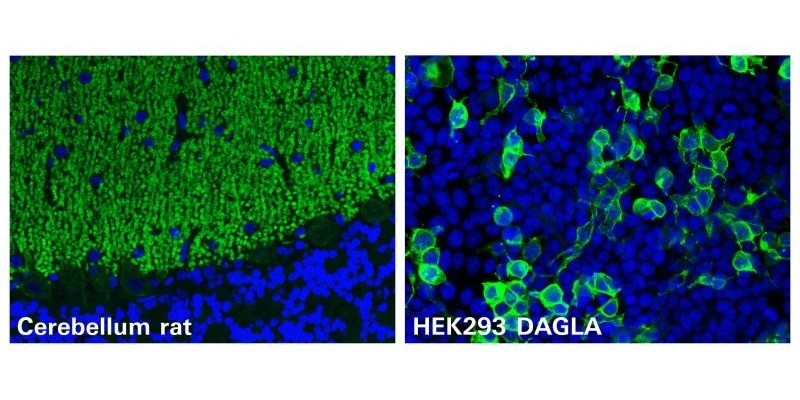
Novel Autoantibody Against DAGLA Discovered in Cerebellitis
Autoimmune cerebellar ataxias are strongly disabling disorders characterized by an impaired ability to coordinate muscle movement. Cerebellar autoantibodies serve as useful biomarkers to support rapid... Read more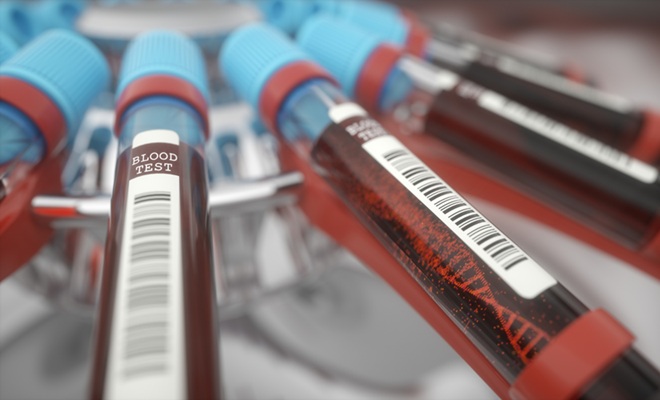
Gene-Based Blood Test Accurately Predicts Tumor Recurrence of Advanced Skin Cancer
Melanoma, an aggressive form of skin cancer, becomes extremely difficult to treat once it spreads to other parts of the body. For patients with metastatic melanoma tumors that cannot be surgically removed... Read moreImmunology
view channel
Stem Cell Test Predicts Treatment Outcome for Patients with Platinum-Resistant Ovarian Cancer
Epithelial ovarian cancer frequently responds to chemotherapy initially, but eventually, the tumor develops resistance to the therapy, leading to regrowth. This resistance is partially due to the activation... Read more
Machine Learning-Enabled Blood Test Predicts Immunotherapy Response in Lymphoma Patients
Chimeric antigen receptor (CAR) T-cell therapy has emerged as one of the most promising recent developments in the treatment of blood cancers. However, over half of non-Hodgkin lymphoma (NHL) patients... Read moreMicrobiology
view channel
Handheld Device Delivers Low-Cost TB Results in Less Than One Hour
Tuberculosis (TB) remains the deadliest infectious disease globally, affecting an estimated 10 million people annually. In 2021, about 4.2 million TB cases went undiagnosed or unreported, mainly due to... Read more
New AI-Based Method Improves Diagnosis of Drug-Resistant Infections
Drug-resistant infections, particularly those caused by deadly bacteria like tuberculosis and staphylococcus, are rapidly emerging as a global health emergency. These infections are more difficult to treat,... Read more
Breakthrough Diagnostic Technology Identifies Bacterial Infections with Almost 100% Accuracy within Three Hours
Rapid and precise identification of pathogenic microbes in patient samples is essential for the effective treatment of acute infectious diseases, such as sepsis. The fluorescence in situ hybridization... Read morePathology
view channel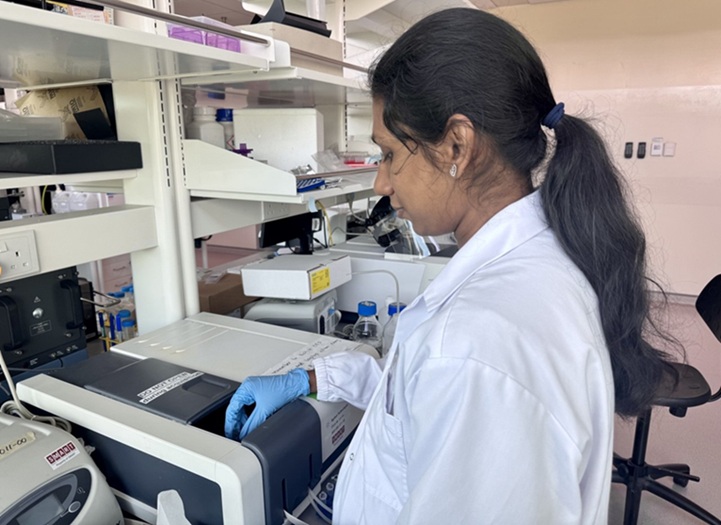
Novel UV and Machine Learning-Aided Method Detects Microbial Contamination in Cell Cultures
Cell therapy holds great potential in treating diseases such as cancers, inflammatory conditions, and chronic degenerative disorders by manipulating or replacing cells to restore function or combat disease.... Read more
New Error-Corrected Method to Help Detect Cancer from Blood Samples Alone
"Liquid biopsy" technology, which relies on blood tests for early cancer detection and monitoring cancer burden in patients, has the potential to transform cancer care. However, detecting the mutational... Read more
"Metal Detector" Algorithm Hunts Down Vulnerable Tumors
Scientists have developed an algorithm capable of functioning as a "metal detector" to identify vulnerable tumors, marking a significant advancement in personalized cancer treatment. This breakthrough... Read more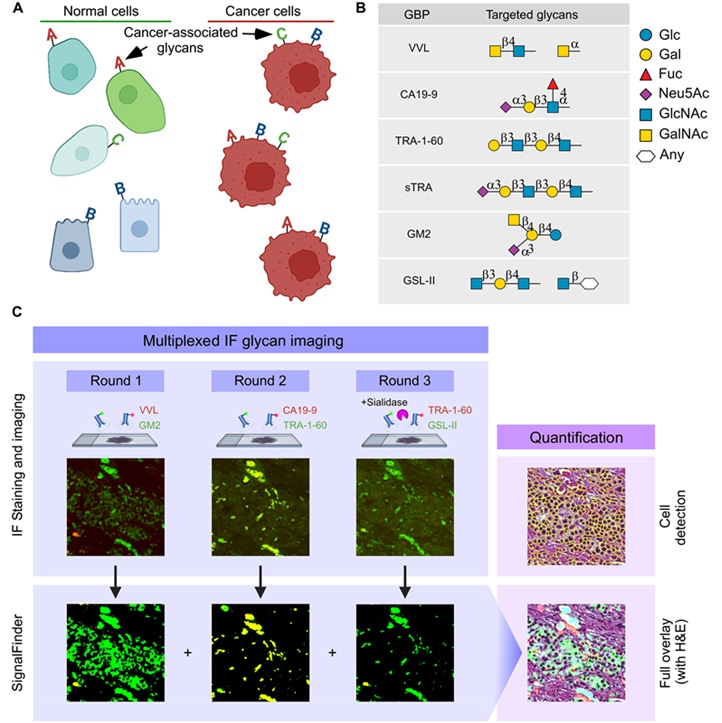
Novel Technique Uses ‘Sugar’ Signatures to Identify and Classify Pancreatic Cancer Cell Subtypes
Pancreatic cancer is often asymptomatic in its early stages, making it difficult to detect until it has progressed. Consequently, only 15% of pancreatic cancers are diagnosed early enough to allow for... Read moreTechnology
view channel
Pain-On-A-Chip Microfluidic Device Determines Types of Chronic Pain from Blood Samples
Chronic pain is a widespread condition that remains difficult to manage, and existing clinical methods for its treatment rely largely on self-reporting, which can be subjective and especially problematic... Read more
Innovative, Label-Free Ratiometric Fluorosensor Enables More Sensitive Viral RNA Detection
Viruses present a major global health risk, as demonstrated by recent pandemics, making early detection and identification essential for preventing new outbreaks. While traditional detection methods are... Read moreIndustry
view channel
Cepheid and Oxford Nanopore Technologies Partner on Advancing Automated Sequencing-Based Solutions
Cepheid (Sunnyvale, CA, USA), a leading molecular diagnostics company, and Oxford Nanopore Technologies (Oxford, UK), the company behind a new generation of sequencing-based molecular analysis technologies,... Read more
Grifols and Tecan’s IBL Collaborate on Advanced Biomarker Panels
Grifols (Barcelona, Spain), one of the world’s leading producers of plasma-derived medicines and innovative diagnostic solutions, is expanding its offer in clinical diagnostics through a strategic partnership... Read more



